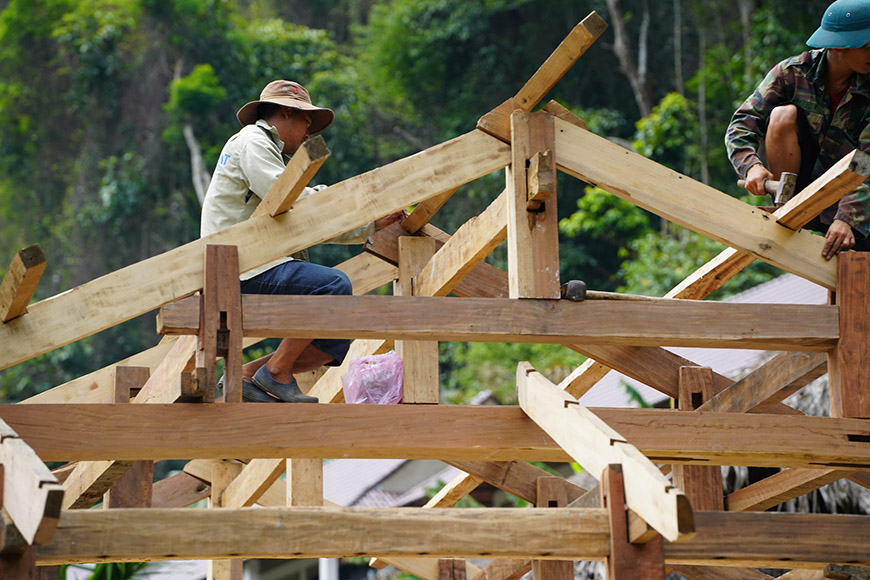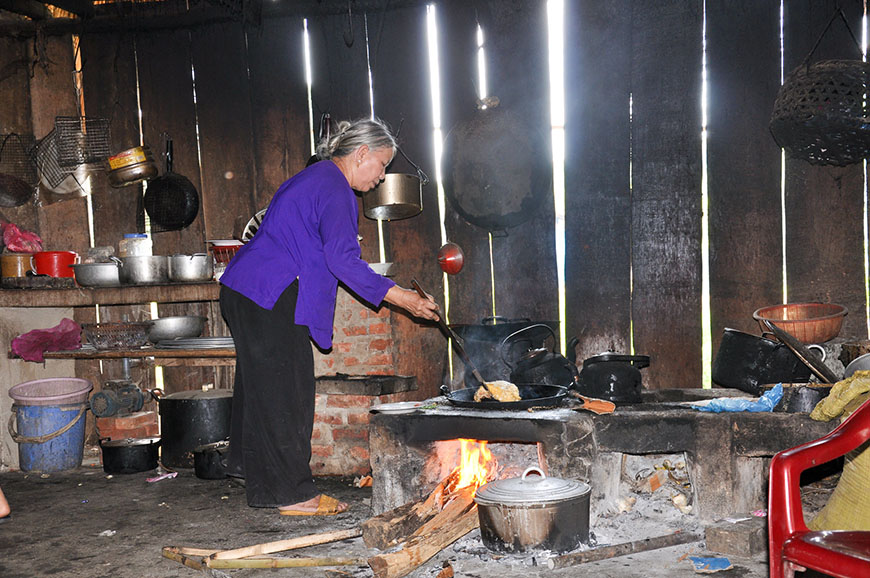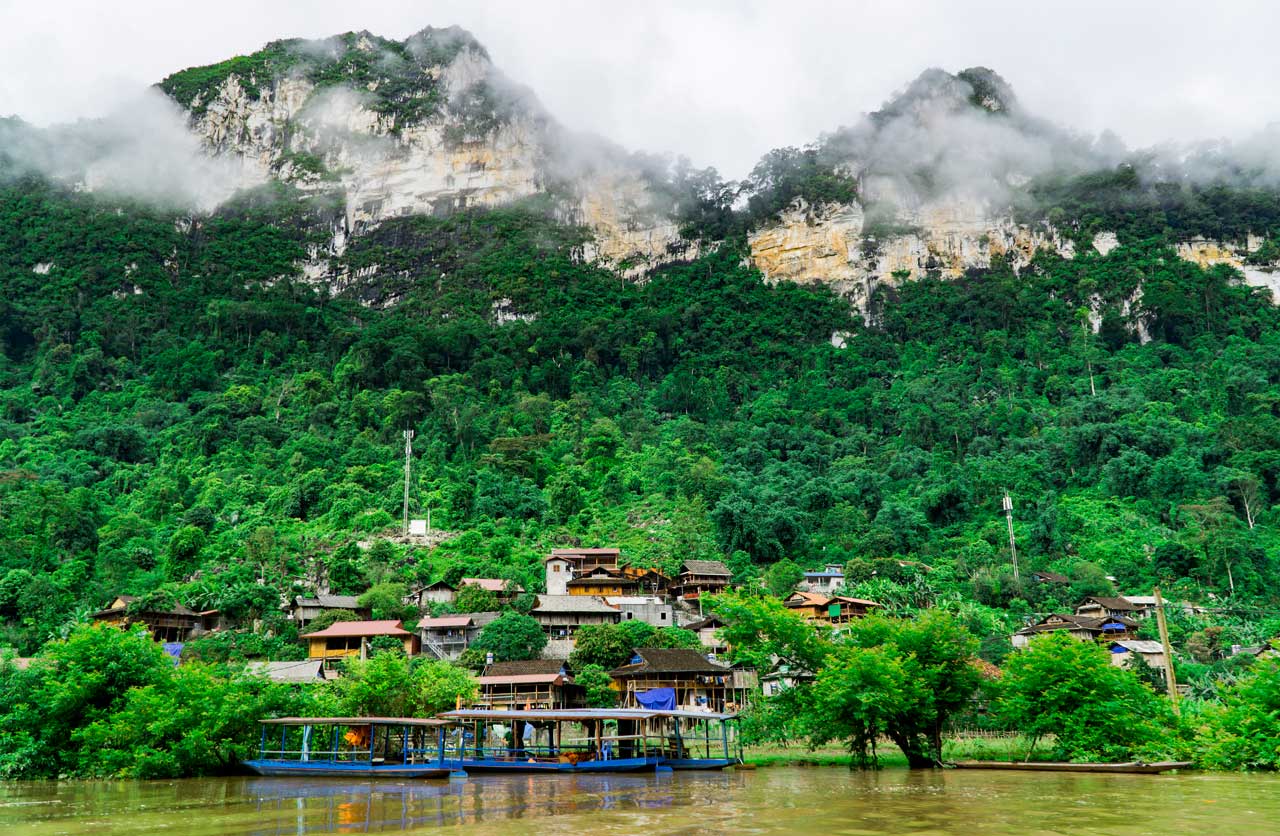Come check out the stilt houses of the Tay people in Vietnam – architectural and cultural treasures nestled in seriously breathtaking landscapes.
It’s way more than just a place to live; it’s a whole lifestyle!
In the northeast of Vietnam, where the mountains meet the peaceful waters of Ba Be Lake, you’ll find some truly amazing sights: the stilt houses of the Tay ethnic group.
These “Nha San,” as they’re called around here, are much more than just houses.
They’re proof of some seriously ancient smarts, a super clever response to the environment, and a reflection of a rich culture rooted in respecting nature and ancestors.

So, what’s the deal with these stilt houses anyway?
Picture a house made entirely of wood, perched up on these sturdy poles.
These stilts, which can be up to 2 meters high, aren’t just there for show!
They protect the people living there from dampness, floods, and wild animals.
And for some, they even symbolize the separation between the world of humans and the spirit world.
Every little detail matters.
For example, the stilts represent the connection to the nourishing earth, the foundation of the family.
A Staircase Like No Other
The entrance to a Tay house is often marked by a unique and special staircase.
In Tay culture, this staircase traditionally has nine steps, a lucky number that symbolizes good fortune, prosperity, and fertility.
Making it up those steps without tripping is considered a good omen.
A Community Living Space
Once you’re inside, you’ll find big, open spaces – perfect for community living.
Right in the center of it all, the ancestral altar is the spiritual heart of the house, a sacred place where past generations are honored and where the connection to them is kept alive.
Another essential spot: the kitchen.
It’s way more than just a place to cook meals; it’s the soul of the house, a source of warmth, light, and good vibes, where the spirit of the fire reigns, ensuring luck and abundance.
► Travelogue: The Artisan Treasures of Ba Be National Park

Wood, Wood, and More Wood!
No nails or cement here!
Tay houses are built with incredible ancient know-how, using wood and only wood.
The pieces, often made of ironwood known for its strength, are put together with amazing precision using a mortise and tenon system, making the structure strong and flexible.
The roofs, with their steep slopes, are traditionally covered with latanier leaves or thatch.
This work is often done as a group, strengthening the bonds between the people living there.
The Tay People of the Ba Be Region
In the Ba Be region, especially in villages like Pac Ngoi, the Tay people proudly keep these traditions alive.
Their houses blend perfectly into the landscape, showing an incredible harmony between people and their environment.
While the general architecture stays true to Tay principles, it’s their location in the heart of this exceptional natural site that makes them truly unique.
In these villages, where life revolves around rice farming and fishing, the stilt houses embody an age-old way of life that’s still going strong.
Some of the locals even open their doors to visitors, offering a unique immersion into this fascinating culture.
► Learn more about the Tay of Ba Be
A Precious Heritage
The stilt houses of the Tay people are an architectural and cultural treasure that reflects this group’s ingenious adaptation to their environment, their community life, and their spiritual values.
Their wooden construction, without nails or cement, and their open interior layout centered around the ancestral altar illustrate an age-old way of life that’s still alive and well, especially among the Tay of Ba Be.
Photos : Mr Linh’s Adventures

